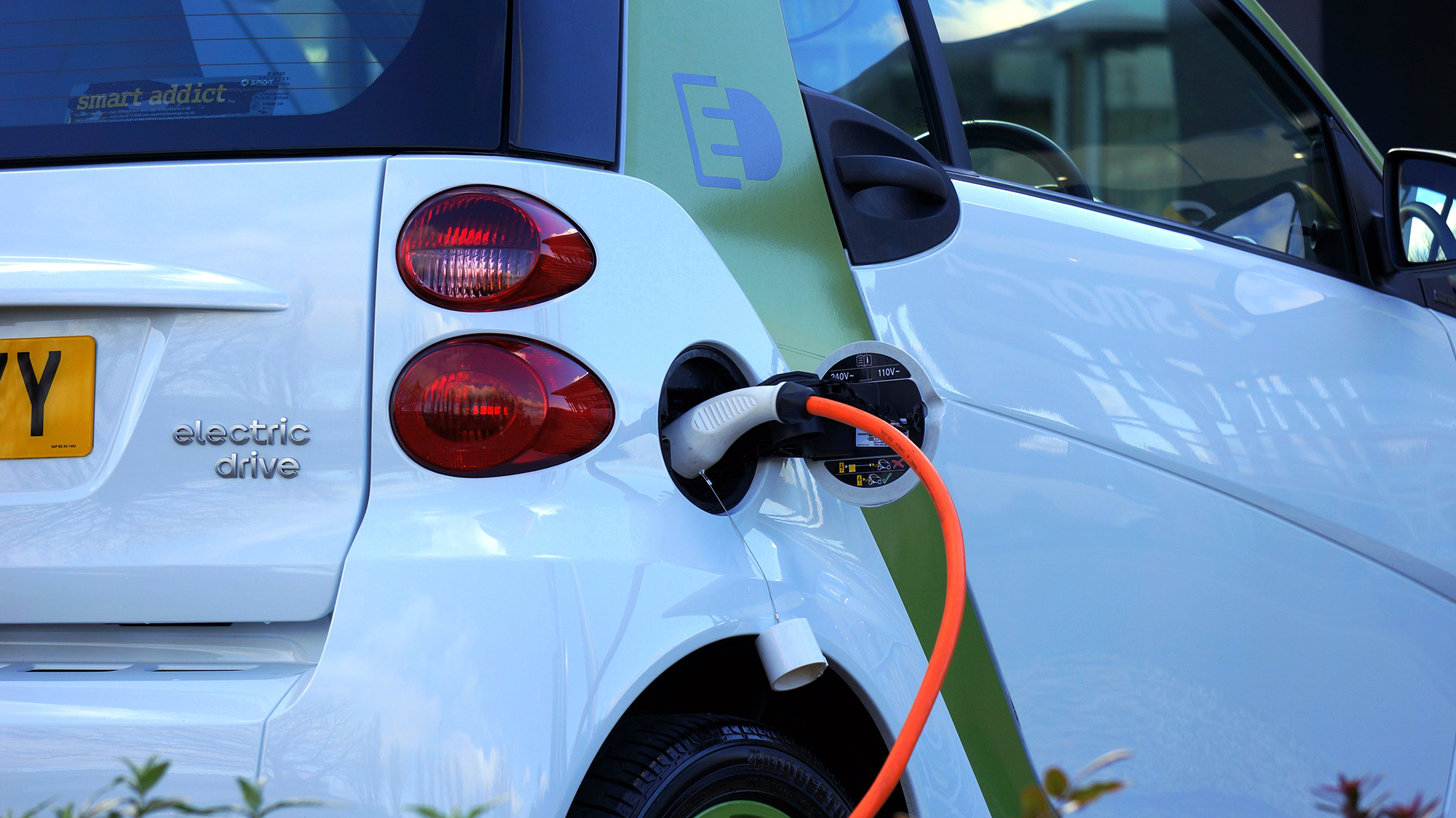these of course come with their own tradeoffs, but you take what you can get
It seems that the most significant part of this news is the enhancement in atmospheric CO2 concentration in a large urban area. Being able to measure more accurately and precisely will allow better evaluation of mitigation strategies.
But how much of that is simply shifted outside? Manufacturing batteries, generating electricity etc.
One of those requires much more energy than the other
Most of it is pure reduction rather than replacement. The region is pretty good at using wind and hydro for evening power but more to the point, it is hard to get across just how much that 4.6tons of co2 an average car puts out in a year.
It’s also worth noting that 4.6 tons is just tailpipe, and that it is in addition to the emissions from delivering that fuel to the pump or in manufacturing the car itself, and that thouse additional emissions alone are more than the entire lifetime emissions of an EV fed on the US grid, most of which are from generation.
Put all that together with the SF grid being less carbon intensive, and i’d guess that anywhere from 75% to 90% of those emissions are just outright gone period.
It would be even better if it was even more a move to bikes and mass transit of course, but in this case it actually is a notable drop in emissions and not just greenwashing.
Even in areas that use coal you use less overall emissions within the lifetime of the vehicle
No, my question was, how much of the 2-3% yearly reduction as claimed is just shifting the emission to elsewhere?
Yeah if we factor in the source of the power we might be looking at a not-so-exciting statistic.
However it does put us into position to take advantage of the inevitable greening of the grid. It would be foolish to wait until it is completely greened before beginning the transition to EV’s.
Most car pollution is via use, not production. EVs are cleaner, much cleaner - regardless of grid production.
To be precise, more than 85% of a gas-powered vehicle’s lifetime emissions come from using the car, not from building the car. That’s according to researchers at Argonne National Laboratory. And that means the new EV, despite its manufacturing costs, will be cleaner over time. - Source
It makes sense if you think about it, what’s more likely to be more efficient (and hence cleaner), burning fossil fuels in a large facility, or in a bunch of your tiny engines? As we shift to a cleaner grid, that inefficiency gets larger.
Obviously, if we can shift to more public transit, we can get even cleaner, but any replacement is helping.
Better bike infrastructure would reduce it even more.
Bikes, unfortunately, won’t help many people with their commutes. The drive alone can be over and hour, often several hours. I’m sure some people could bike that, but most people would rather not do that twice a day.
Better public transportation as a whole could be helpful though. BART has been improving over time, but it’s hard to say that it’s enough (or that it ever will be at this rate).
Not everyone can afford an EV. Nit everyone can practically ride a bike to work. Seems to me like the two could complement each other. Currently though there are people driving who could be cycling.
Both would be good, one does not need to exclude the other. Neither is going to be enough on its own though. More EV availability would overall reduce carbon footprint, but more can be reduced by increasing biking availability and encouraging it more where possible.
I can say from experience though that the $40+/hr parking in some areas of SF make me never want to drive there again though. BART does help though, since you can get around SF pretty well on public transit alone. Other cities in the area also benefit from BART, but not as much, and could generally have better public transportation (busses and such).
Better bike infrastructure would lead to some people living closer to their jobs.
Maybe the difference can affect some people, but housing/rent prices in and around SF are astronomical, and I know of several people who can only afford where they live because of their commute. They’d love to bike to work, trust me.
Better bike infrastructure by itself won’t solve the problem. It wouldn’t hurt, but the core of the issue is the cost of living around where people work pushing them to live far away from their workplace. And no, the people I know can’t just look for closer jobs. I’ve asked. The jobs don’t pay as well.
Most cities aren’t SF, that’s an outlier case.
I’m confused by this comment. The entire Bay Area is closed to SF. No single city there is not close to it, and people commute from the entire Bay Area to SF. Not everyone commutes there of course, but traffic patterns primarily cause traffic towards that city in the morning and away in the afternoon.
Each other city in the Bay Area also have their own jobs and individual traffic patterns of course, but housing prices are expensive in the entire Bay Area, often increasing as you get closer to SF but also to other city centers. The cost of living in the entire Bay Area is prohibitively expensive to most people, with people often needing to compromise between proximity to work, the size/quality of their home/neighborhood, having roommates to help pay (I have friends who have roomed in groups of 4 to cover rent), etc. SF isn’t the only expensive city in that area.
I essentially agree with your comment, but I don’t understand what your point is?
I highly doubt that. If I was able to choose a location closer to work, I wouldve done so already. Truth is most people have to settle with a long commute because they are unable to live closer to where they work. Having a better bike infra wouldnt help with that at all.
People can get rid of their car payments, insurance, fuel, registration, tickets, tolls, maintenance, and more, then put that towards better housing.
Ball parking the number but that would be saving about $30-70k? Wouldnt make a dent in the amount I would have to pay to live closer. But even if I could afford it, I might still choose to live where I am instead of closer, given different circumstances. There is a lot more to why people choose to live farther from work than just money.
I would take anecdotal evidence though since thats all we got. Do you know anyone who would move closer to work if there was better “bike infrastructure”? Is it currently not possible to ride a bike to your work place from a nearby home/apartment?
Just to add, I would appreciate better public transit way more than bike infra
How much does it increase in coal usage?
Not much since California uses hardly any coal.
I’d be curious to know whether urban air quality in general is improving also?
https://www.aqmd.gov/home/air-quality/historical-air-quality-data/historical-data-by-year
Comparing 2021 and 2022 it looks like there are marginal gains in quality, so I wouldn’t be surprised if this trend continued (if I’m reading it correctly of course)
Those charts seem to be from SoCal. This might be a better reference for Bay Area: https://www.baaqmd.gov/about-air-quality/current-air-quality/air-monitoring-data/#/
Worth adding that Bay Area has manufacturing and refining. Not sure how much that affects air quality relative to cars.
Yeah I was looking for a good historical air quality data set and just went with the closest I could find.
Chevron certainly needs to have eyes on it!
The researchers in the article seem to be interested in that as well. They see their research as a pilot forhow to get useful measurements in many urban centers. I hope they receive more funding.








